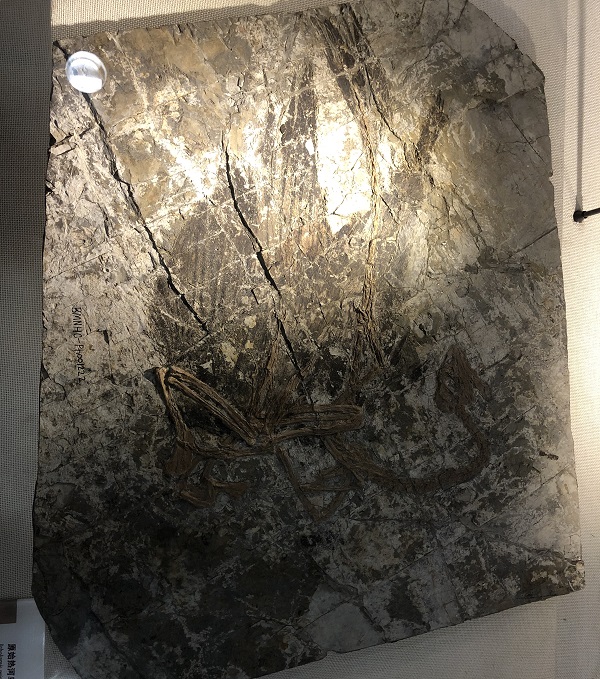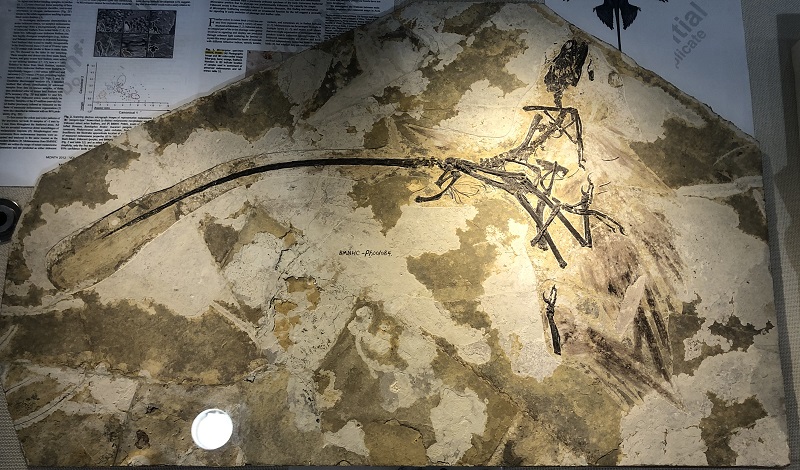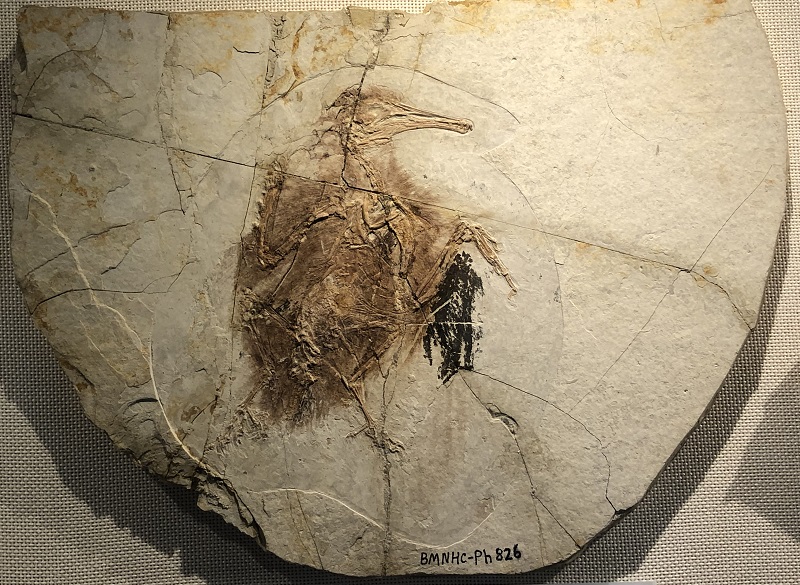Jeholornis prima Zhou & Zhang, 2002
Age and Locality: Early Cretaceous, Liaoning Province. Jeholornis prima, also known as the “primitive Jehol bird,” is a significant species in the study of avian evolution, dating back to the Early Cretaceous period, approximately 120 million years ago. Discovered in the Jehol Biota of northeastern China, a region famous for its exceptionally well-preserved fossils, Jeholornis prima offers crucial insights into the transition from non-avian dinosaurs to modern birds. One of the most fascinating aspects of Jeholornis prima is its mix of primitive and advanced characteristics, making it a key transitional fossil.





